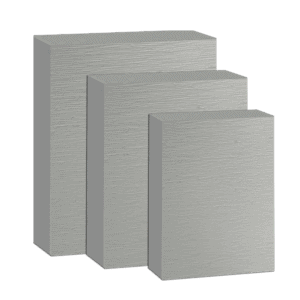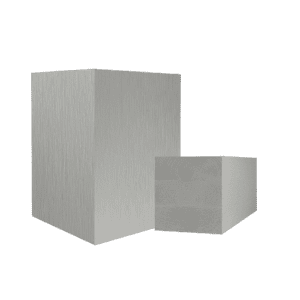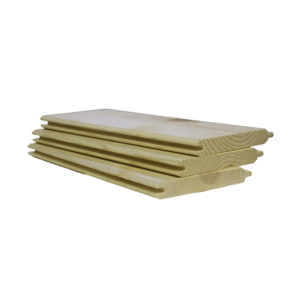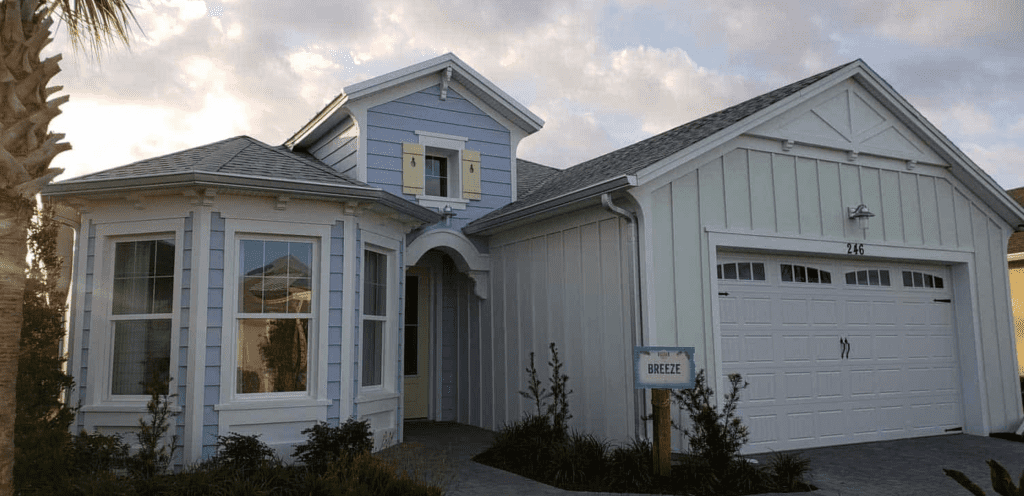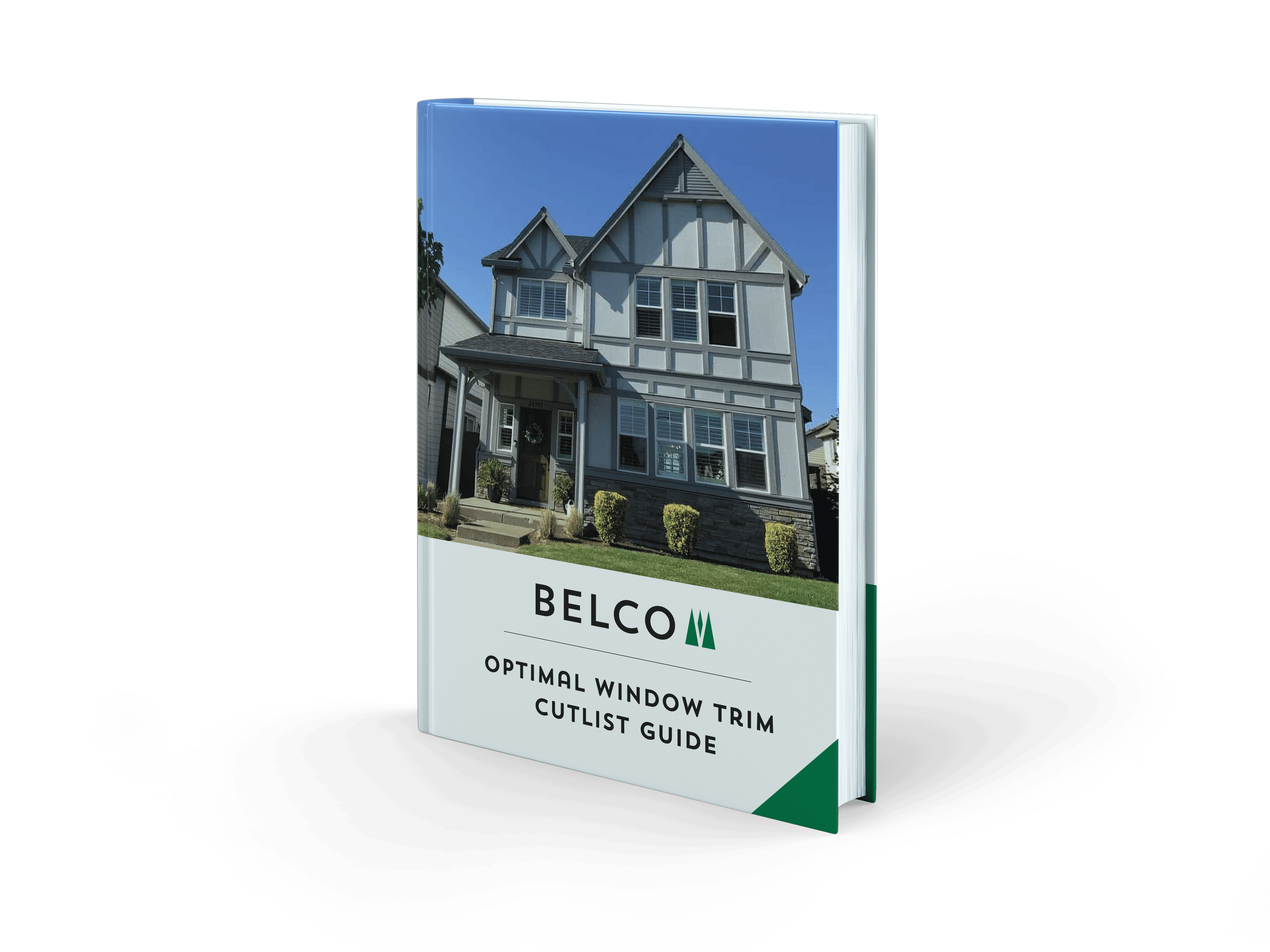Builders who install trim on the exterior of homes have been facing rising costs for lumber, along with increased demand from homeowners for a long lasting material that won’t require as much maintenance as traditional wood products. This has led to a wide range of different materials on the market, all of them making great claims but not all of them being necessarily the right choice for the job. Choosing exterior house trim materials is a key step in any construction project.
Exterior House Trim Materials
This guide will help you compare the various materials available so that you can decide which one will work best for your next job.
Solid Wood
Solid wood trim is one of the oldest materials around. The most common woods for use on trim are cedar and redwood, because they naturally resist moisture and insect activity, making them longer lasting than other woods. The costs for these materials have been rising along with availability, however, which has led to many builders looking for less expensive alternatives. Other solid woods don’t necessarily have the same ability to resist rot that cedar and redwood do, which can mean they don’t last as long.
Preventing extractive bleeding and a compromised surface appearance due to a stain compromised surface finish is important. This requires that cedar and redwood need to be primed before painting. This means that they can take longer to work with in general, leading to higher labor costs as well as material costs.
Engineered Wood
Engineered wood has become a fast growing alternative to solid wood. It is made of a blend that includes: wood, glue, and some resins. Also, it comes in many different forms. It’s usually less expensive than solid wood, and some types may already come stained or painted, which can help make the installation faster.
However, almost all engineered woods face similar problems with moisture, the most common being that they tend to edge swell. This is true of OSB, chipboard, particleboard, and hardboard. In addition, each one of these different engineered woods has different needs and requirements for installation. For example, some types of engineered wood cannot be mitered. While others are sold exclusively vin 12 or 16-foot lengths. This results in a lot of cuts and waste for some projects. Many engineered woods may also delaminate if they come into prolonged contact with water.
Fiber Cement Trim
Fiber cement has become another alternative that tends to get a lot of attention as being more durable and longer lasting than wood. Additionally, fiber cement trim is made from: sand, silica, cellulose fibers, and Portland cement. This is poured into a mold to give it a realistic-looking wood grain. It can be found already primed or painted, which can make for an easier finish, and many fiber cement trim products tend to be more expensive than solid wood, which can make them a less cost effective solution from a material standpoint.
Fiber cement does have some drawbacks, however. The material is very heavy, and often requires additional people on the job, which can lead to increased labor costs. It’s also difficult to cut, as it produces a lot of silica dust when cut using traditional methods. Silica dust is a health hazard. Therefore, the dust needs to be contained in some way, which further complicates the job. To help combat some of these issues, some manufacturers of fiber cement make a thinner material for their trim, but it often requires shimming during installation for the best look and fit, which leads to its own set of installation complications. Also, be aware that some of this thinner material does not carry a performance warranty when used as an exterior trim.
Plastic Trim
There are many different types of plastic trim materials on the market. These include polyurethane, vinyl, cellular PVC, foamed polystyrene, polymer composite resin, and polyethylene lumber. All of these materials are much lower maintenance than solid wood, because none of them require any painting, unless desired. The color goes right through the trim, so it won’t fade, peel, or chip which makes finishing easy. It’s also fairly lightweight and easy to work with, so installation typically goes quickly.
Plastic trims tend to cost two to four times more than wood trim. However, this can be a major obstacle with some homeowners looking to keep costs down. They’re also temperature sensitive, softening in the hot sun and becoming brittle and prone to cracks in the cold. It’s not uncommon for plastic trims to warp in hot climates. Additionally, they may develop a lot of cracks after several harsh winters. So, they aren’t always as low maintenance as people think. Most plastic trims do have a simulated wood grain for a better appearance. However, up close they still look like plastic, which can be a drawback with some homeowners. Additionally, lower priced vinyl siding and trim will develop a chalk like surface when exposed to UV light. This detracts from the overall appearance of your home.
Preservative-Treated Trim
Belco XT® Trim is a preservative-treated trim with an additional topical treatment to help protect it against moisture and insect activity. They use a non-toxic, non-metallic preservative that doesn’t lead to corrosion and doesn’t leak toxic chemicals into the surrounding environment.
Now the material is ready for installation. It also comes in the sizes and styles you need to suit your customers. It will last longer and look better long term. Meaning, it won’t harbor surprises when exposed to different climates, moisture, and UV light.
Choose the Right Exterior House Trim Material
Preservative-treated trim from Belco Forest Products solves the issues inherent with solid wood trim. Additionally, we offer a better alternative to plastics, engineered woods, and fiber cement trims as well. Choosing exterior house trim materials is easy with Belco XT® Trim. This easy to use trim will easily meet all of your project needs. Visit Belco Forest Products today to learn more about this versatile product.

